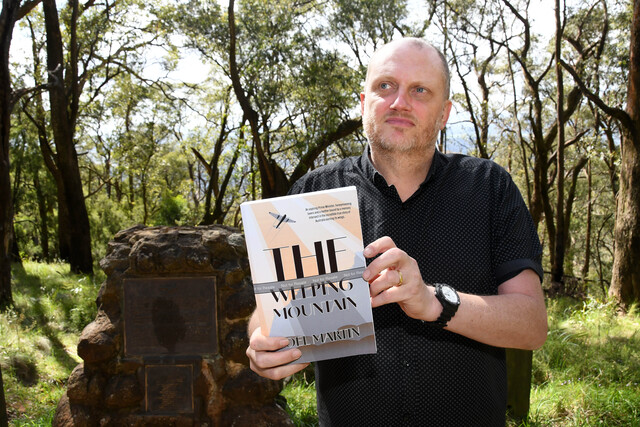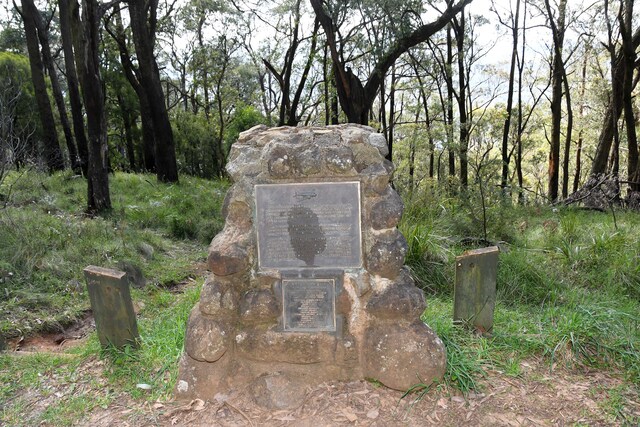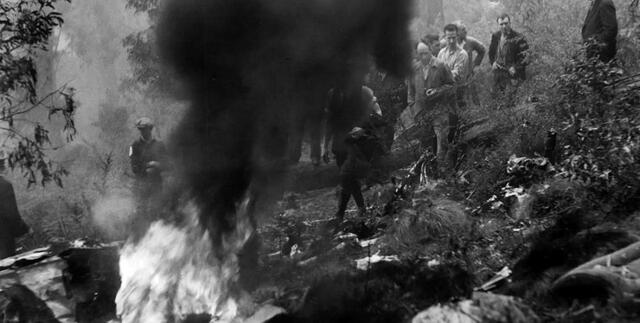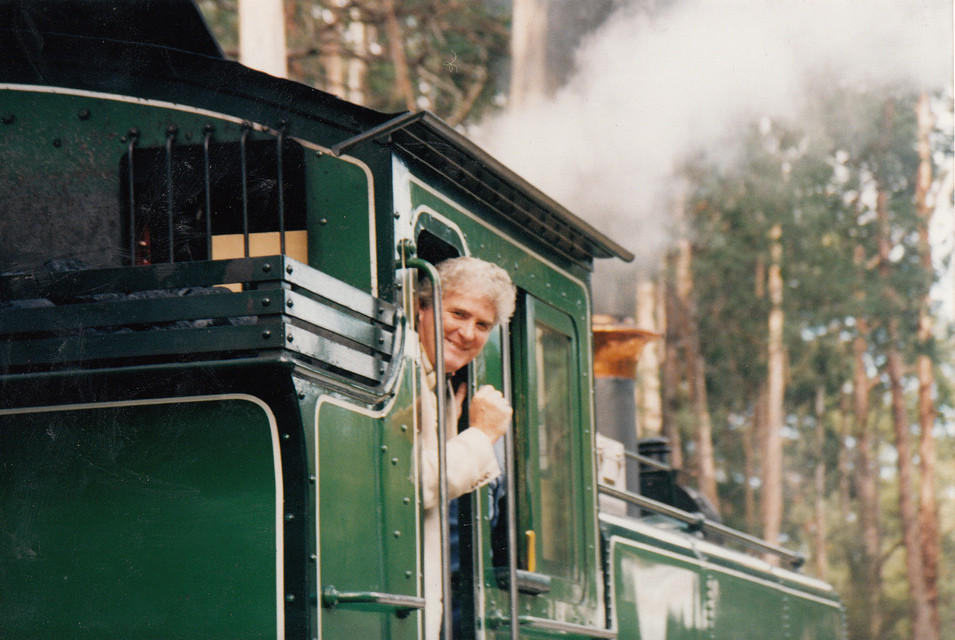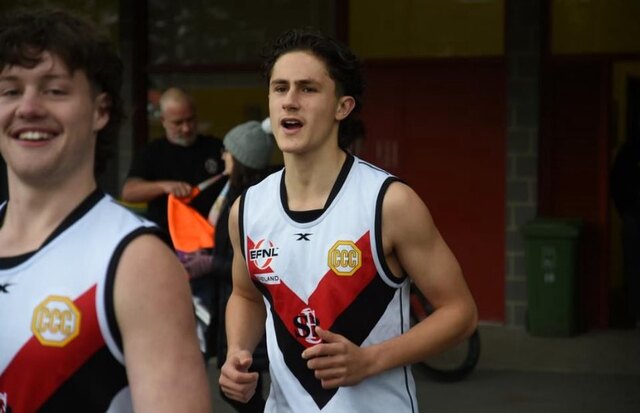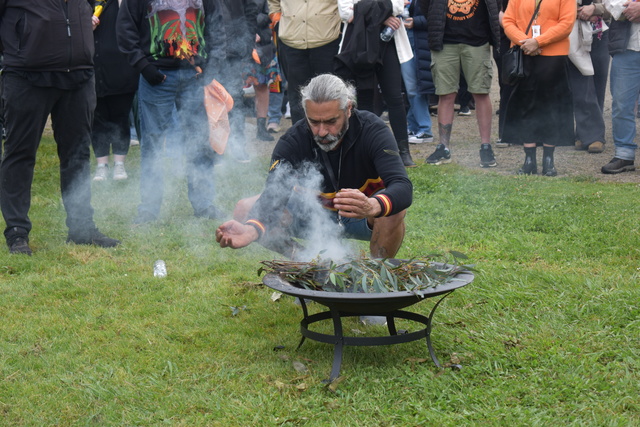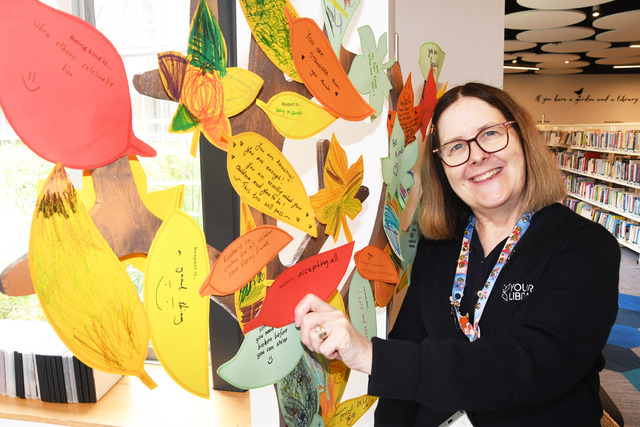The stories of a potential Prime Minister, a trio of winemakers and a newly wed couple intertwine in the devastating and deadly tale of the Kyeema plane crash.
On 25 October 1938 the Australian National Airways DC-2 Kyeema plane took off from Adelaide heading for Essendon. On board were 14 passengers and four crew members.
Flying in what was reported by The Argus as “dense cloud” with “visibility…restricted to 50 yards”, the plane plunged into the side of Mount Dandenong, the location now just metres away from the famed Burkes’ Lookout.
At the time it was Australia’s “worst disaster in the history of aviation” but it also became an important mark in the country’s history.
Delving into the stories and mishaps that led to the plane’s untimely demise, Joel Martin explores it all in his newly authored book The Weeping Mountain.
Growing up in Montrose and still a resident in the outer east, Joel said “I just got curious, it’s always fascinated me”.
Beginning the research as a pandemic project Joel realised there was much that had been left untold.
“It was a big government stuff up where there was a beacon system that should have worked but it wasn’t turned on because they wouldn’t let them buy the right planes to test them, because the planes were American,” Joel said.
“So we had an English policy. The beacons didn’t work, the plane was in the sky, it was meant to land at Essendon but it kept going and it hit Mount Dandenong instead.
“The tragedy of the story is that it didn’t need to happen. And when the inquiry was held politicians and bureaucrats lined up to throw each other under the bus.”
The good that did come of the tragic event was that it “changed the laws and created the government bodies that make our skies some of the safest in the world”.
“It also influenced some random things like the wine cask and Medicare,” Joel said.
Joel said instantly for anyone who may search for information on the crash it brings up the story of Charles Hawker, a politician who was on his way back to Canberra where he was said to be about to challenge for the Prime Ministership.
“He had a profile. He was a war hero, but he was only one of the 18,” Joel said.
Among the dead were honeymooners, who had been married for 72 hours, and were on their way to Tasmania, three best friends who were buried side by side, and other ordinary folk who had taken a chance to fly.
“It’s fascinating because on the surface it’s just a story about a plane crash, but it’s a love story, and it’s one about a mum on the plane who was flying because the last time she was near a train, it was sending her son off to war, and he didn’t come back.
“So she said, ‘I’m never catching a train again. I’ll catch a plane, it’ll be safer’.”
Three prominent winemakers, whose legacies have carried on, Hugo Grant, Tom Hardy and Sidney Hill Smith were also on board that fateful day.
“The winemakers were going to Canberra to lobby the government on the wine exercise,” Joel said.
Hugo Grant, son of Gustav Gramp and grandson to Johann Gramp, who planted the first vines at the now Jacob’s Creek, was chief winemaker for 10 years changing Australian wine culture from fortified wines to table wines.
“His son (Colin) was at school, and he heard a plane take off, and it was actually his dad. He didn’t realise. They turned on ABC News at four o’clock on the wireless and it was announced,” Joel said.
It’s also a tale of those who decided not to get on the plane that day.
“There’s about three or four people who were supposed to be on the plane and didn’t for one reason or another. One person’s wife said, ‘don’t get on a plane, they’re too dangerous’ and he didn’t,” Joel said.
And through all of the heartbreaking stories of love and loss, Joel said the one thing that does remain a mystery is what would have happened if Charles Hawker wasn’t on the plane that day.
“I’m really interested in the fact that we still haven’t got a conclusive answer on whether Charles Hawker was going to Parliament to challenge for the leadership and if he was challenging for the leadership of the party, he could have become prime minister. Joseph Lyons died a few months after from a heart attack,” he said.
“Going into World War Two, we could have had a commander in chief who was a former soldier, much more conservative, it wouldn’t have changed the outcome of the war but it might have meant conscription.
“That’s pretty fascinating, and it all happened here.”
The sub-title of the book sums up what the reader can expect to experience – “An aspiring Prime Minister, honeymooning lovers and a mother bound by a memory intersect in the incredible true story of Australia earning its wings.”
“It’s pretty gruesome but it’s also a classic thing of the government not listening to people and lots and lots of red tape basically killing people. It’s love stories, sliding doors, all of this in one.”
86 years ago residents of Mount Dandenong found their small hilly suburb on the front page of every newspaper not realising at the time the transformative effect it would have on aviation and the community.
And yet despite this, the story and history of Kyeema remains somewhat hidden.
The Weeping Mountain sheds light on all of this and can be found on Amazon for purchase.
Joel will also be doing a free talk for the Lilydale and District Historical Society and guests on Saturday 2 November from 2.30pm to 4pm at the Old Lilydale Court House on Castella Street.

